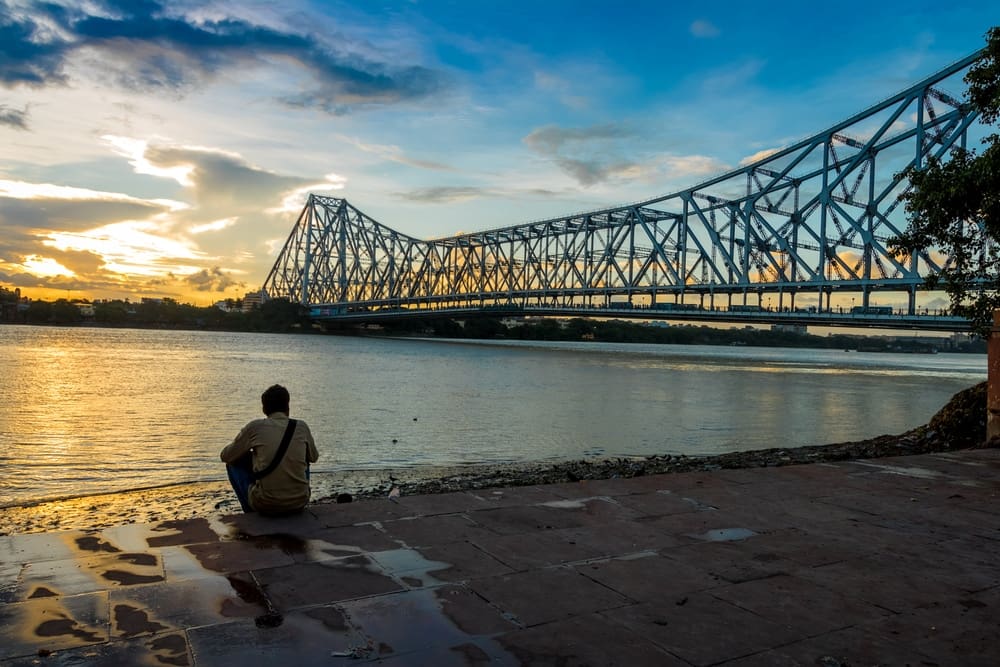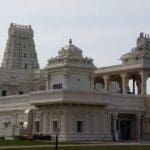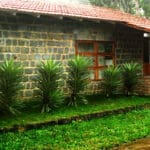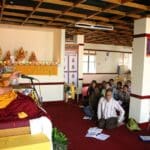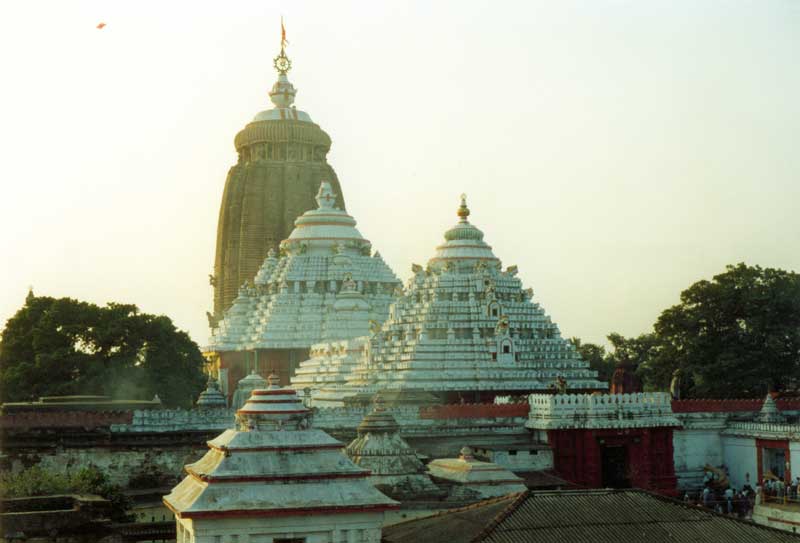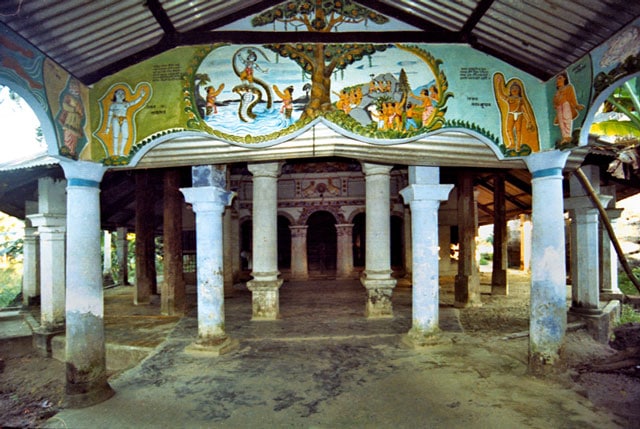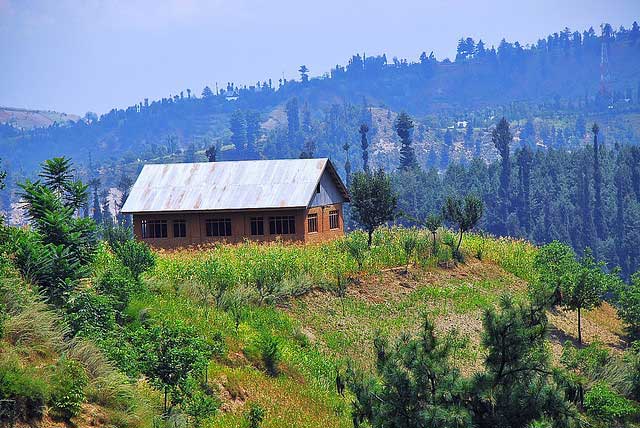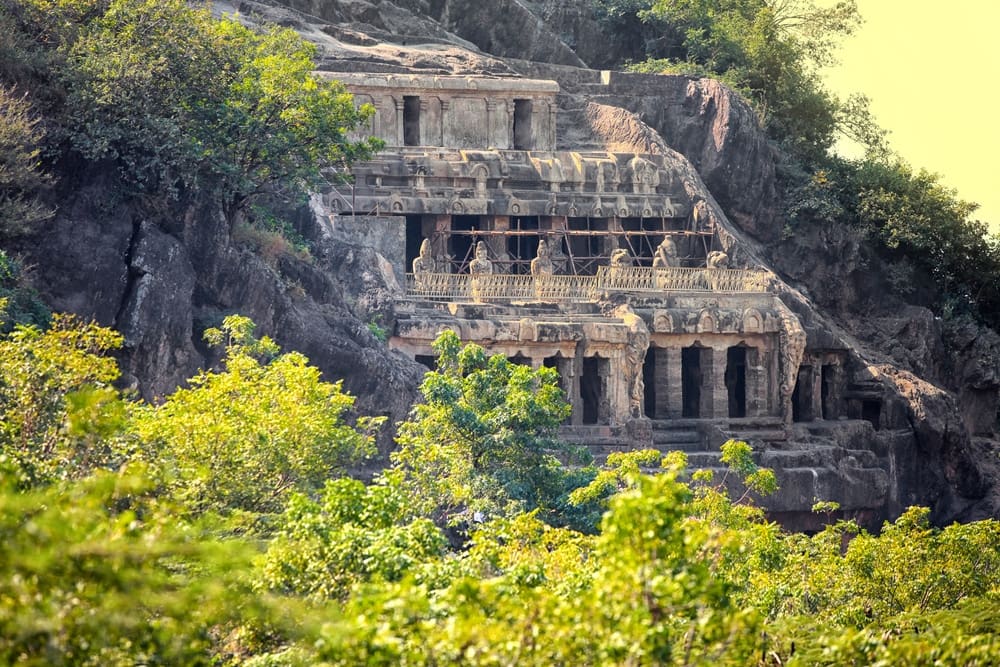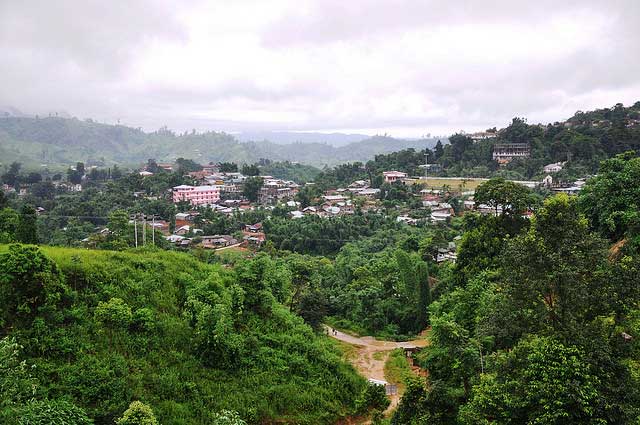West Bengal, a culturally rich and geographically diverse state nestled in the eastern part of India, stands as a beacon of heritage, natural beauty, and spiritual significance. From the snow-capped peaks of the Himalayas in the north to the serene Sundarbans mangrove forests in the south, West Bengal offers an unparalleled travel experience that blends history, nature, art, and spirituality. Whether you are a history enthusiast, a nature lover, a spiritual seeker, or a culinary explorer, the top 15 places to visit in West Bengal promise unforgettable memories and deep cultural immersion.
In this comprehensive guide, we unveil the most iconic destinations in West Bengal, each offering a unique narrative that contributes to the state’s vibrant tapestry. We have meticulously curated this list based on historical importance, scenic grandeur, cultural relevance, accessibility, and traveler appeal. Our aim is to provide a detailed, immersive, and authoritative resource that not only informs but inspires travel to these remarkable locations.
1. Darjeeling – The Queen of the Hills
Nestled in the Lesser Himalayas at an elevation of approximately 2,000 meters, Darjeeling is one of the most celebrated hill stations in West Bengal and a crown jewel among the top 15 places to visit in West Bengal. Known for its breathtaking views of the Kanchenjunga range, colonial-era architecture, and world-famous Darjeeling tea, this hill town has long been a favorite among domestic and international tourists.
Geographical and Climatic Features
Located in the Darjeeling district, the town enjoys a temperate climate throughout the year, making it a year-round destination. Winters (November to February) are chilly with temperatures dropping to near freezing, often bringing light snowfall to the surrounding peaks. Summers (March to June) are mild and pleasant, ideal for sightseeing and outdoor exploration. The monsoon season (July to September) brings heavy rainfall, which enhances the lush greenery but may hinder travel due to landslides.
Key Attractions in Darjeeling
- Tiger Hill: One of the most iconic viewpoints in West Bengal, Tiger Hill offers a panoramic sunrise view over the Kanchenjunga massif. On clear mornings, the golden rays of the sun illuminate the snow-clad peaks, creating a surreal visual spectacle. It is also possible to see Mount Everest from this vantage point under optimal conditions.
- Darjeeling Himalayan Railway (Toy Train): A UNESCO World Heritage Site, the Darjeeling Himalayan Railway is a marvel of 19th-century engineering. This narrow-gauge railway runs from New Jalpaiguri to Darjeeling, traversing steep gradients, looping tracks, and 864 bridges. The journey itself is a major attraction, offering stunning views of tea gardens, deep valleys, and mountain streams.
- Padmaja Naidu Himalayan Zoological Park: Home to rare and endangered species such as the red panda, snow leopard, and Himalayan black bear, this zoo is dedicated to the conservation of high-altitude fauna. It is one of the few places in the world where successful breeding programs for snow leopards have been established.
- Mahakal Temple: A revered Hindu shrine dedicated to Lord Shiva, the Mahakal Temple attracts thousands of devotees every year. Located near the Chowrasta viewpoint, it holds both religious and scenic significance.
- Japanese Peace Pagoda: Built by the Nipponzan-Myohoji order of Japan, this white stupa symbolizes peace and harmony. Situated on a hilltop, it offers sweeping views of Darjeeling and the surrounding mountains.
- Lebong Cart Road and Chowrasta: These are the social and commercial hubs of Darjeeling. Chowrasta is a popular gathering spot where visitors enjoy the cool breeze, take photographs, and soak in the colonial ambiance.
- Tea Gardens: Darjeeling is synonymous with tea. The region’s organic tea estates such as Makaibari, Happy Valley, and Glenburn produce some of the finest black, green, and white teas in the world. Guided tours of these estates include visits to tea factories, plucking demonstrations, and tasting sessions.
Cultural and Culinary Experiences
Darjeeling’s cultural fabric is a blend of Nepali, Bengali, Tibetan, and British influences. The local festivals such as Dashain, Tihar, and Losar reflect this diversity. The cuisine is equally eclectic, with dishes like thukpa, momo, chhurpi (fermented cheese), and sel roti being popular among locals and tourists alike.
Best Time to Visit Darjeeling
The ideal time to visit Darjeeling is from March to May and September to November, when the weather is pleasant and the skies are clear, offering unobstructed views of the Himalayas.
2. Kalimpong – A Tranquil Himalayan Retreat
Located just 50 kilometers from Darjeeling, Kalimpong is a serene hill station that offers a more laid-back alternative to its bustling neighbor. Perched at an elevation of around 1,250 meters, Kalimpong was once a major trading hub between India, Tibet, and Bhutan. Today, it is renowned for its botanical gardens, monasteries, and panoramic mountain views.
Historical and Cultural Significance
Kalimpong’s history is deeply intertwined with the Silk Route trade. During the British era, it became a center for education and missionary activity. Several prestigious schools, including Bishop Cotton School, were established here, contributing to its reputation as an academic town.
Major Attractions in Kalimpong
- Deolo Hill: The highest point in Kalimpong, Deolo Hill offers 360-degree views of the surrounding Himalayan ranges, including Kanchenjunga, Jelep La, and the Teesta River valley. It is a favorite spot for picnics and photography.
- Zang Dhok Palri Phodang Monastery: Also known as the “Monastery of the Heaven of the Clear Light,” this Buddhist monastery was built in 1976 and is associated with the Nyingma sect of Tibetan Buddhism. The complex includes a large statue of Guru Padmasambhava and a beautiful prayer hall.
- Thongsa Gompa: One of the oldest monasteries in Kalimpong, Thongsa Gompa belongs to the Drukpa Kagyu lineage. It houses ancient thangkas, scriptures, and a sacred chorten (stupa).
- Durpin Dara Hill and Zang Dhok Palri Phodang: This hill is home to several religious and cultural sites, including the Buddha Temple and the Jagdish Mandir. The Ardent Museum located here showcases artifacts from the region’s tribal communities.
- Siong Villa and Lepcha Museum: This heritage house-turned-museum offers insights into the lifestyle, culture, and traditions of the indigenous Lepcha people. The exhibits include traditional clothing, musical instruments, and household items.
- Flower Nurseries and Orchid Houses: Kalimpong is famous for its floriculture industry. The town hosts the annual Flower and Fruit Festival in May, showcasing rare orchids, rhododendrons, and other exotic blooms. Visitors can tour private nurseries and even purchase rare plant species.
Adventure and Ecotourism Opportunities
Kalimpong is emerging as a destination for eco-tourism and adventure sports. Activities such as river rafting on the Teesta River, trekking to Durpin Dara, and bird watching in the surrounding forests are gaining popularity. The Teesta River is particularly famous for white-water rafting, attracting thrill-seekers from across the country.
Best Time to Visit Kalimpong
The best months to visit Kalimpong are April to June and September to November, when the weather is mild and the skies are clear.
3. Darjeeling Ropeway – A Sky-High Adventure
An integral part of the Darjeeling tourism experience, the Darjeeling Ropeway offers a bird’s-eye view of the town, tea gardens, and surrounding mountains. Operating since 1968, this cable car system connects Singla Bazaar to North Point, covering a distance of approximately 2.5 kilometers.
Journey Overview
The ropeway ride lasts about 15–20 minutes and passes over the Ramjhora valley, dense forests, and the meandering Rangeet River. On clear days, passengers are treated to stunning views of Kanchenjunga, making it one of the most scenic cable car rides in India.
Safety and Operations
Managed by the West Bengal Tourism Development Corporation (WBTDC), the ropeway has undergone several upgrades to enhance safety and capacity. Modern cabins with large windows allow for unobstructed photography and viewing. The service operates daily from 10:00 AM to 4:00 PM, with extended hours during peak tourist season.
Tourist Experience
The Darjeeling Ropeway is especially popular among families, couples, and photographers. It provides a unique perspective of the hill town and is often combined with visits to the nearby Mahakal Temple and Chowrasta.
4. Mirik – The Hidden Gem of the Hills
Situated about 48 kilometers from Darjeeling, Mirik is a picturesque town located in a valley surrounded by pine and cardamom-covered hills. The centerpiece of Mirik is the Sumendu Lake, a serene water body that reflects the surrounding greenery and sky.
Key Attractions in Mirik
- Sumendu Lake (Bijoy Sagar): The lake is ideal for boating, picnics, and leisurely walks. Pedal boats and rowboats are available for rent. The surrounding park is well-maintained and features flowerbeds, benches, and children’s play areas.
- Bokar Monastery: Also known as the Bokar Ngedon Shedrup Ling Monastery, this is one of the most important Kagyu monasteries in the region. It houses a massive statue of Buddha, intricate murals, and a library of Buddhist scriptures.
- Odlum Point and Surya Sen Park: These viewpoints offer panoramic views of the Nepal hills and the Rangit River valley. Surya Sen Park is named after the revolutionary freedom fighter and features a small zoo and a toy train ride for children.
- Orange Orchards: Mirik is known for its high-quality orange cultivation. Visitors can tour the orchards, learn about organic farming practices, and taste fresh oranges directly from the trees.
Cultural and Religious Sites
Mirik is home to several temples and monasteries that reflect its multicultural heritage. The Shree Shyam Mandir and Jagannath Temple are popular among Hindu devotees, while the Tharpa Choling Monastery attracts Buddhist pilgrims.
Best Time to Visit Mirik
The ideal time to visit Mirik is from March to June and September to December, when the weather is pleasant and the lake is at its most scenic.
5. Sandakphu – The Highest Point in West Bengal
At an elevation of 3,636 meters (11,929 feet), Sandakphu is the highest point in West Bengal and one of the most spectacular trekking destinations in the Eastern Himalayas. Located on the India-Nepal border, it offers uninterrupted views of four of the world’s five highest peaks: Everest, Kanchenjunga, Lhotse, and Makalu.
Trekking Routes to Sandakphu
The most popular trekking route begins from Manebhanjan, a small town near Darjeeling. The trail passes through Tonglu, Gairibans, Kalipokhri, and Sabargram, covering a distance of approximately 50 kilometers over 4–5 days. The trek is moderate in difficulty and suitable for beginners with basic fitness.
Flora and Fauna
The Sandakphu trek traverses the Singalila National Park, a protected area known for its rich biodiversity. The region is home to the red panda, Himalayan black bear, barking deer, and numerous bird species, including the blood pheasant and satyr tragopan. The rhododendron forests bloom in April and May, painting the hillsides in vibrant shades of red and pink.
Best Time to Trek Sandakphu
The best months for the Sandakphu trek are March to May and September to November. Winters are extremely cold and often inaccessible due to snow, while the monsoon season brings heavy rains and leeches.
Accommodation and Facilities
Basic guesthouses and forest rest houses are available at key points along the trail. Trekkers are advised to carry warm clothing, rain gear, and sufficient food supplies. Permits are required to enter the Singalila National Park and can be obtained from the Forest Department office in Manebhanjan.
6. Siliguri – The Gateway to Northeast India
Siliguri serves as the primary entry point to the northeastern states of India and acts as a crucial transportation and commercial hub for the entire region. Located in the foothills of the Himalayas, it lies at the crossroads of India, Nepal, Bhutan, and Bangladesh.
Strategic and Economic Importance
Siliguri is connected by rail, road, and air. The New Jalpaiguri (NJP) railway station is one of the busiest in Eastern India, linking major cities like Kolkata, Delhi, and Guwahati. Bagdogra Airport (IXB) offers regular flights to Delhi, Mumbai, Kolkata, and Bangalore, making it the most accessible airport for travelers heading to Darjeeling and Sikkim.
Key Attractions Near Siliguri
- Mahananda Wildlife Sanctuary: Located just 18 kilometers from Siliguri, this sanctuary is home to elephants, bison, leopards, and over 250 species of birds. Jeep safaris and nature walks are organized for tourists.
- Teesta River Rafting: The Teesta River offers some of the best white-water rafting experiences in India, with rapids ranging from Grade II to Grade IV. Popular rafting stretches include Teesta Bazar to Jalpaiguri and Rangit River near Melli.
- Punakha Dzong Replica: Built by the Bhutanese community in exile, this replica of the famous Punakha Dzong in Bhutan is an architectural marvel and a symbol of cultural preservation.
- ISKCON Temple: A serene spiritual retreat, the ISKCON Temple in Siliguri features a grand temple complex, meditation halls, and vegetarian dining facilities.
Shopping and Cuisine
Siliguri is known for its handicrafts, woolen garments, and ethnic jewelry. The Hill Cart Road and Bara Bazaar are popular shopping areas. Local cuisine includes momos, thukpa, chhurpi, and Tibetan bread, reflecting the region’s Himalayan influences.
7. Kurseong – The Land of White Orchids
Located midway between Siliguri and Darjeeling, Kurseong is a charming hill town known for its cool climate, tea gardens, and colonial bungalows. The name “Kurseong” is derived from the Lepcha word Kurson-rip, meaning “the land of white orchids.”
Historical and Cultural Highlights
Kurseong was developed by the British as a sanatorium and summer retreat. The town still retains its colonial charm, with tree-lined avenues, Victorian-style buildings, and churches.
Major Attractions in Kurseong
- Eagle’s Crag (Fagu Tilla): This viewpoint offers a stunning vista of the Doars plains and the Teesta River. It is especially beautiful at sunrise and sunset.
- Dolphin’s Nose: A narrow ridge projecting into the valley, Dolphin’s Nose provides a thrilling view of the deep gorge below. It is accessible via a short trek from the town center.
- Gandhi Udyan and Victoria Falls: This park features a small waterfall, walking trails, and a children’s play area. The adjacent Victoria Falls is a seasonal cascade that swells during the monsoon.
- St. Andrew’s Church: Built in 1848, this Scottish-style church is one of the oldest in the Darjeeling district. Its stained-glass windows and stone architecture reflect Victorian design.
- Lloyd’s Botanical Garden: Established in 1878, this garden houses a wide variety of Himalayan flora, including rhododendrons, orchids, and medicinal plants.
Tea Tourism in Kurseong
The Ambootia, Castleton, and Margaret’s Hope tea estates offer guided tours where visitors can learn about tea processing, plucking techniques, and blending. Tea tastings are often included, allowing guests to sample premium Darjeeling teas.
Best Time to Visit Kurseong
The ideal months to visit are April to June and September to November, when the weather is pleasant and the orchids are in bloom.
8. Malbazar – The Gateway to the Dooars
Malbazar (also spelled Malbazar or Mal) is a bustling town located at the base of the Eastern Himalayas and serves as the gateway to the Dooars region—a stretch of forested plains bordering Bhutan and Assam.
Wildlife and Nature Tourism
Malbazar is the starting point for visits to several wildlife sanctuaries and national parks, including:
- Jaldapara National Park: Famous for its population of one-horned Indian rhinoceros, Jaldapara also hosts elephants, gaurs, spotted deer, and hog deer. Jeep safaris and elephant rides are available for wildlife viewing.
- Gorumara National Park: Located near Lataguri, Gorumara is known for its elephant sightings and scenic beauty. The park lies along the banks of the Murti and Raidak rivers and is home to a variety of birds and reptiles.
- Chapramari Wildlife Sanctuary: A lesser-known but equally beautiful sanctuary, Chapramari offers opportunities for jungle trekking, bird watching, and river rafting.
Adventure Activities
- River Rafting on the Jaldhaka River: Known for its crystal-clear waters and moderate rapids, the Jaldhaka River is ideal for beginners and intermediate rafters.
- Trekking and Camping: The surrounding hills and forests offer excellent trails for nature walks and overnight camping.
Cultural Experiences
The Dooars region is home to several indigenous communities, including the Rajbongshi, Mech, and Toto tribes. Cultural festivals such as Bwisagu and Magh Bihu provide insight into their traditional music, dance, and rituals.
9. Dooars – A Wildlife Wonderland
The Dooars (meaning “doors” in Assamese) is a region comprising 18 river valleys that serve as natural gateways to Bhutan. Spread across the districts of Jalpaiguri and Alipurduar, the Dooars is one of the most biodiverse regions in India.
Major Wildlife Reserves in the Dooars
- Neora Valley National Park: One of the least explored parks in India, Neora Valley is a haven for clouded leopards, red pandas, and hornbills. The park’s dense evergreen forests and high-altitude meadows make it ideal for serious trekkers.
- Buxa Tiger Reserve: Spanning over 760 square kilometers, Buxa is one of the largest tiger reserves in Eastern India. It also protects elephants, leopards, and over 280 species of birds.
- Samsing and Bindu: These scenic villages are located within the forested belt and offer homestays, nature walks, and river crossings via suspension bridges.
Ecotourism Initiatives
The West Bengal government has promoted community-based ecotourism in the Dooars, encouraging local participation in conservation and hospitality. Visitors can stay in eco-lodges, participate in village tours, and support sustainable livelihoods.
Best Time to Visit the Dooars
The optimal time is from November to April, when the weather is dry and wildlife sightings are more frequent.
10. Sundarbans – The Realm of the Royal Bengal Tiger
The Sundarbans, a UNESCO World Heritage Site, is the largest mangrove forest in the world and the only mangrove habitat of the Royal Bengal Tiger. Spanning over 10,000 square kilometers across India and Bangladesh, the Indian part lies in the South 24 Parganas district of West Bengal.
Geographical and Ecological Significance
The Sundarbans is formed by the confluence of the Ganges, Brahmaputra, and Meghna rivers. It comprises a complex network of tidal waterways, mudflats, and small islands (known as chars). The region is home to over 260 bird species, 120 fish species, and critically endangered species like the estuarine crocodile and Gangetic dolphin.
Key Tourist Zones
- Sajnekhali Wildlife Sanctuary: The most accessible part of the Sundarbans, Sajnekhali features a watchtower, crocodile pond, and deer enclosure. Boat safaris from Godkhali or Pakhirala offer chances to spot tigers, spotted deer, and monkeys.
- Bhagabatpur Crocodile Project: This conservation center breeds estuarine crocodiles and gharials. Visitors can observe these reptiles up close and learn about their ecological role.
- Jambudwip and Dobanki: Jambudwip is an uninhabited island ideal for overnight camping and stargazing. Dobanki features a canopy walkway through the mangroves, offering a unique perspective of the ecosystem.
Boat Safaris and Safety Measures
Tourists typically embark on 2–3 day boat safaris from Namkhana, Canning, or Godkhali. All boats are equipped with GPS, life jackets, and trained guides. Tiger sightings are rare but possible, and strict safety protocols are followed to minimize human-wildlife conflict.
Best Time to Visit the Sundarbans
The ideal period is from November to February, when the weather is cool and the water levels are conducive to navigation.
11. Kolkata – The Cultural Capital of India
As the capital city of West Bengal, Kolkata (formerly Calcutta) is a vibrant metropolis that blends colonial grandeur with modern dynamism. Known as the “City of Joy,” it is a hub of literature, art, music, and intellectual thought.
Historical and Architectural Landmarks
- Victoria Memorial: A majestic white marble edifice built in memory of Queen Victoria, this museum houses a vast collection of artifacts, paintings, and manuscripts from the British Raj.
- Howrah Bridge and Vidyasagar Setu: These iconic bridges span the Hooghly River, connecting Kolkata with Howrah. The Howrah Bridge, a cantilever truss bridge, is one of the busiest in the world.
- Indian Museum: Established in 1814, it is the oldest and largest museum in India, with galleries dedicated to archaeology, art, anthropology, and natural history.
- St. Paul’s Cathedral: The first Episcopal cathedral in Asia, built in the Indo-Gothic style, it features stunning stained glass and a serene ambiance.
Cultural and Literary Heritage
Kolkata is the birthplace of Rabindranath Tagore, Bankim Chandra Chattopadhyay, and Satyajit Ray. The city hosts numerous literary festivals, book fairs, and cultural events throughout the year.
Culinary Delights
Kolkata is famous for its street food, including phuchka, kathi rolls, luchi-alur dom, and mishti doi. The city is also renowned for its Bengali sweets like rasgulla, sandesh, and chomchom.
Best Time to Visit Kolkata
The ideal months are October to February, when the weather is pleasant and the city celebrates Durga Puja, one of the most spectacular festivals in India.
12. Shantiniketan – The Abode of Peace
Founded by Rabindranath Tagore, Shantiniketan is a university town located in the Birbhum district. It was established as a center for art, education, and rural development and later became Visva-Bharati University, a central university.
Key Attractions in Shantiniketan
- Tagore’s Ashram and Kuthibari: The ancestral home of Rabindranath Tagore, now a museum, displays his personal belongings, manuscripts, and paintings.
- Santiniketan Bazaar: A weekly open-air market held every Monday, featuring handicrafts, textiles, and local produce.
- Upasana Griha (Prayer Hall): Designed by Tagore himself, this open-air temple reflects his philosophy of universal brotherhood.
- Udayan and Konark: These residential complexes for students and teachers showcase traditional Bengali architecture.
Cultural and Educational Significance
Shantiniketan emphasizes holistic education, integrating arts, nature, and academics. The annual Poush Mela (December) and Basant Utsav (spring festival) attract thousands of visitors.
13. Purulia – The Land of Chau Dance
Located in western West Bengal, Purulia is known for its tribal culture, folk arts, and rugged terrain. The Chau dance, a masked dance-drama depicting mythological themes, originated here and is recognized by UNESCO as an Intangible Cultural Heritage.
Major Attractions
- Ayodhya Hills: The highest point in Purulia, offering panoramic views and ancient temples.
- Rajbandh and Chhau Dance Performances: Regular performances are held during festivals like Gajan and Sun Festival.
- Handicrafts and Tribal Villages: Visitors can explore dhokra metal craft, terracotta, and bamboo art in local villages.
14. Bishnupur – The Temple Town
Famous for its terracotta temples, Bishnupur was the capital of the Malla kings. The 17th-century temples at Rasmancha, Jor Mandir, and Shyam Rai Temple showcase intricate terracotta carvings depicting scenes from the Mahabharata and Ramayana.
Musical Heritage
Bishnupur is also known for the Bishnupur Gharana of classical music and the Baluchari saree, woven with mythological motifs.
15. Digha – The Sea Resort of West Bengal
A popular beach destination on the Bay of Bengal, Digha offers golden sands, mild waves, and sea breezes. Key attractions include Shankarpur Beach, Udaipur Lake, and the Marine Aquarium.
Best Time to Visit Digha
November to February is ideal for beach activities and water sports.
Travel Tips & 15 FAQ’s with Answer
Travel Tips:
- Carry warm clothing for hill stations.
- Book permits in advance for Sundarbans and Sandakphu.
- Respect local customs in tribal areas.
- Use eco-friendly practices in sensitive ecosystems.
- Hire certified guides for wildlife safaris.
FAQs:
- What are the top 15 places to visit in West Bengal?
Darjeeling, Kalimpong, Mirik, Sandakphu, Siliguri, Kurseong, Malbazar, Dooars, Sundarbans, Kolkata, Shantiniketan, Purulia, Bishnupur, Digha, and Darjeeling Ropeway. - Which is the best hill station in West Bengal?
Darjeeling is the most popular, followed by Kalimpong and Mirik. - How to reach Darjeeling?
By train to New Jalpaiguri, then Toy Train or road. - Is Sundarbans safe for tourists?
Yes, with guided safaris and safety measures. - When is the best time to visit West Bengal?
November to February for most regions. - Can I see tigers in Sundarbans?
Possible, but rare; focus on overall ecosystem. - What is unique about Bishnupur?
Terracotta temples and Baluchari sarees. - Is Shantiniketan worth visiting?
Yes, for culture, history, and tranquility. - What adventure activities are available?
Trekking, rafting, boating, and jungle safaris. - Are there family-friendly destinations?
Yes, Digha, Mirik, and Kolkata. - What local food to try?
Phuchka, mishti doi, Darjeeling tea, and seafood. - How long should I plan for a West Bengal trip?
10–14 days for a comprehensive tour. - Is English widely spoken?
Yes, especially in tourist areas. - Are permits required for Sandakphu?
Yes, obtain from Manebhanjan. - What souvenirs to buy?
Tea, handicrafts, Baluchari sarees, and orchids.


